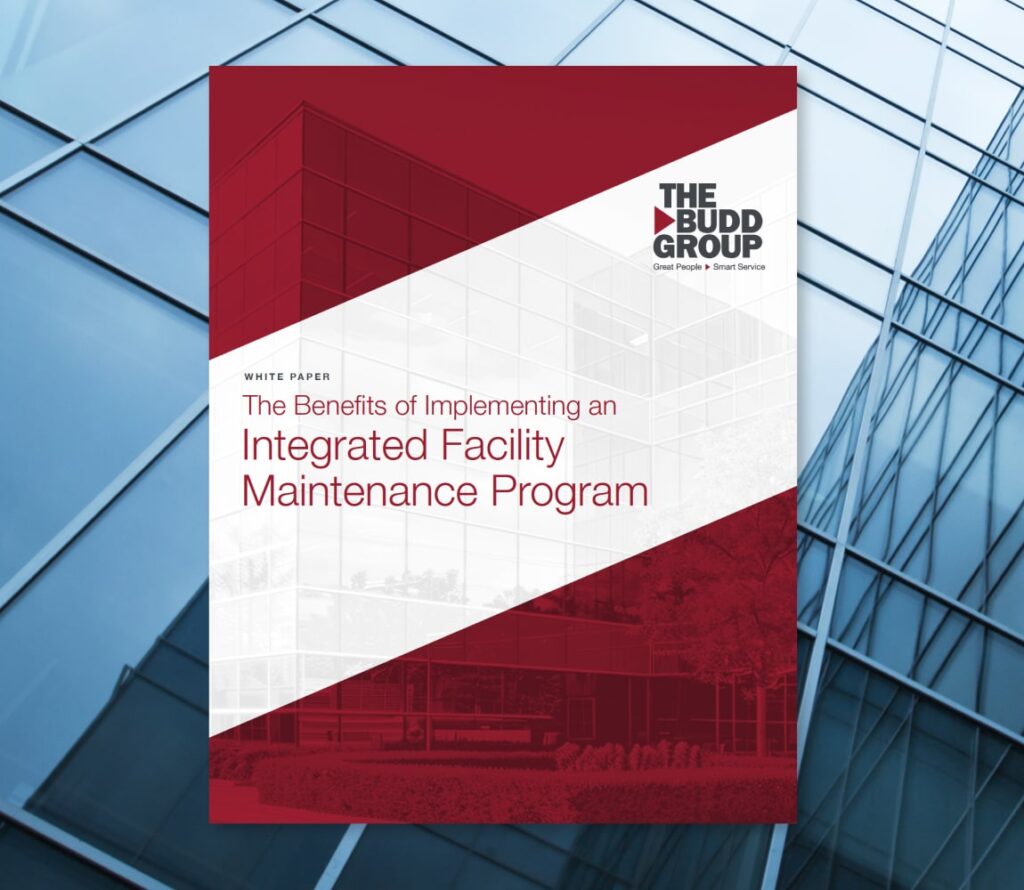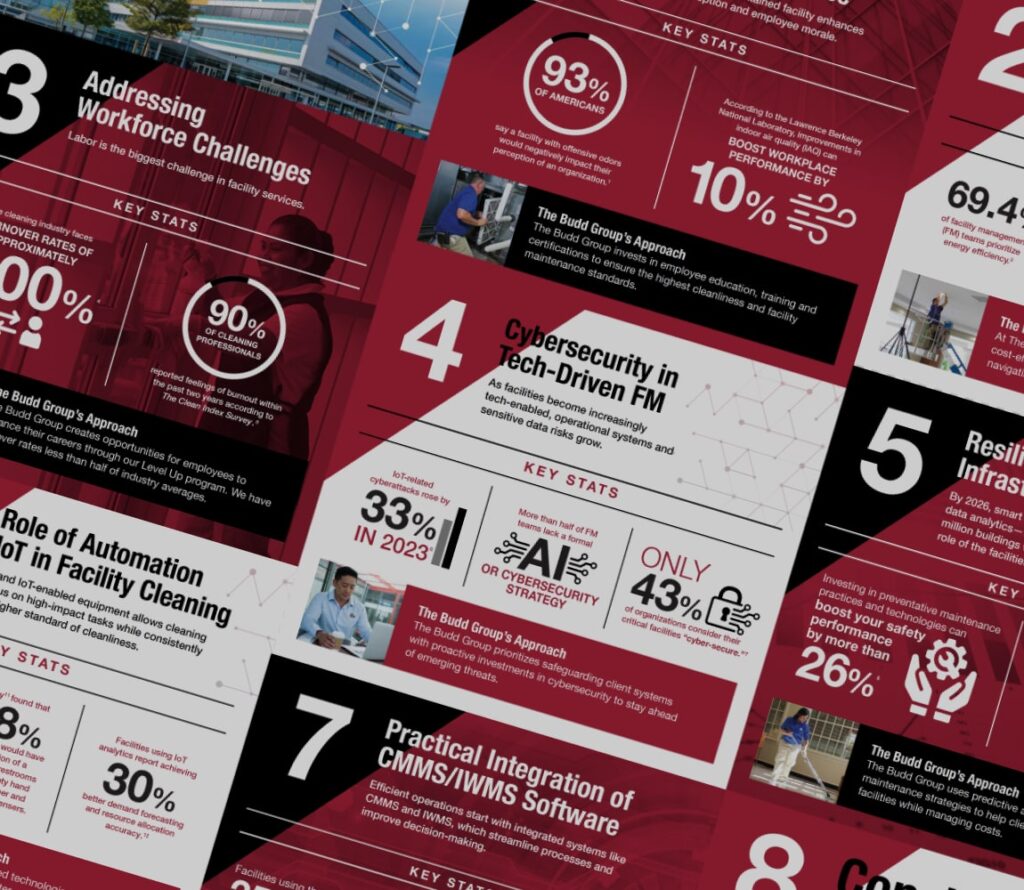By: Jeff Atkinson, The Budd Group
Pressure washing is an essential component of routine manufacturing facility maintenance. It quickly and effectively washes away contaminants such as dirt, dust, grime, mold and mildew on large surfaces and intricate manufacturing equipment. However, pressure washing machinery involves blasting extremely powerful jet streams of water, which can be dangerous and lead to serious injury or even death if the proper safety precautions are not followed. It’s essential for all operators to understand the hazards, learn the correct protocol and be mindful of the recommended safety procedures from the Centers for Disease Control and Prevention (CDC) before operating pressure washing equipment.
Below are key safety items to keep in mind when pressure washing in manufacturing facilities.
Suit Up with Proper Personal Protective Equipment (PPE)
While a typical residential pressure washer can reach up to 4,000 pounds per square inch (PSI), professional machinery can blast as high as 50,000 PSI. However, it only takes 100 PSI to puncture human skin. Head-to-toe PPE designed specifically for the hazards of pressure washing should be worn. Provide reinforced, armored body suits that protect the entire body from high PSI levels. Also supply face shields, heavy-duty gloves, hardhats and steel toe, rubber-soled boots for maximum safety protection.
Use a Lockout Tagout (LOTO) Safety System
LOTO is an essential safety system that prevents workers from being exposed to hazardous energy while performing maintenance tasks such as pressure washing. Using a LOTO system prevents equipment from being turned on while occupied. Since many manufacturing sites require pressure washers to enter confined spaces and machinery such as plenums, this safety system is essential. A two-layer protection system, the lockout device prevents people from operating the equipment, while the tagout device informs them not to operate the equipment.
Check the Entire System for Leaks before Operating
Before operating pressure washing machinery, inspect the hose, nozzle, inlet, water pump and trigger gun for any leaks to avoid malfunctioning equipment or electrical hazards. A leak in any of the fittings or connections can cause uncontrolled water flow which can be damaging to the plant and hazardous to occupants. It can also lead to dangerous electrical hazards. If a leak is found, immediately stop using the pressure washer and have it professionally repaired before operating.
Anticipate and Prevent Trips and Slips
Pressure washing machinery can pose trip and slip hazards in manufacturing environments due to the use of long hoses and extension cords. Before washing, be sure to clear the area, remove loose cords and tape down hoses that may pose a tripping hazard. Place caution signage immediately in any wet surface areas to help prevent slips and falls.
Create a Water Containment Plan in Advance
Runoff water from manufacturing machinery often contains chemicals, bacteria and other debris. If not collected responsibly, water seepage can pose health risks, electrical hazards and also cause peripheral damage to machinery and other areas of the plant in adjacent areas. Containment plans can vary greatly based on the pressure washing project. Consider building a barrier, dike or simply using plastic sheeting to protect control panels, motors and other electrical components from water damage. In addition, keep all cords out of standing water and avoid spraying electrical outlets and wiring.
Choose Environmentally Safe Solutions
Select environmentally safe pressure washing solutions that minimize the use of harsh chemicals to protect both workers and the environment. Choosing safer solutions helps prevent pollution, create a healthier work environment and enables plants to comply with local regulations.
Consider Outsourcing to Expert Professionals
Pressure washing is an effective form of routine facility maintenance in manufacturing settings, but only if performed properly. Since inexperienced workers can put themselves, others and plant equipment in danger, many companies partner with an experienced Integrated Facilities Management (IFM) provider for their pressure washing needs. An IFM provider can provide expert, trained pressure washers on a routine basis to perform complex pressure washing tasks.
Regardless of how you pressure wash, proper technique and thorough safety protocol is non-negotiable. Ensure operators are always fully educated, wearing the proper PPE and following proper protocol while operating machinery.
About the Author
Jeff Atkinson is a 25-year subject matter expert on industrial cleaning and air filtration for The Budd Group, a comprehensive facility services provider. The Budd Group provides janitorial, landscaping, maintenance and specialty services to numerous types of businesses, including industrial and manufacturing facilities. For more information about The Budd Group’s pressure washing services, visit www.buddgroup.com/pressure-washing-services/.

